How Do Camera Flashes Work
Using a camera flash is an inevitable part of being a photographer, especially since photography is mainly concerned with light. But to gain more confidence in using your built-in and detachable photographic camera flash when taking pictures, i must beginning sympathise its many uses.
Contrary to what many beginners think, flash is not only used to brighten a nearby scene or discipline. It tin also ready the mood, add accent to image elements, and create special effects in your photo, making flash photography fun and extremely useful for photographers.
In this article, we'll show you the many ways wink techniques can improve your images, as well how you can execute them.
Wink Photography Tips
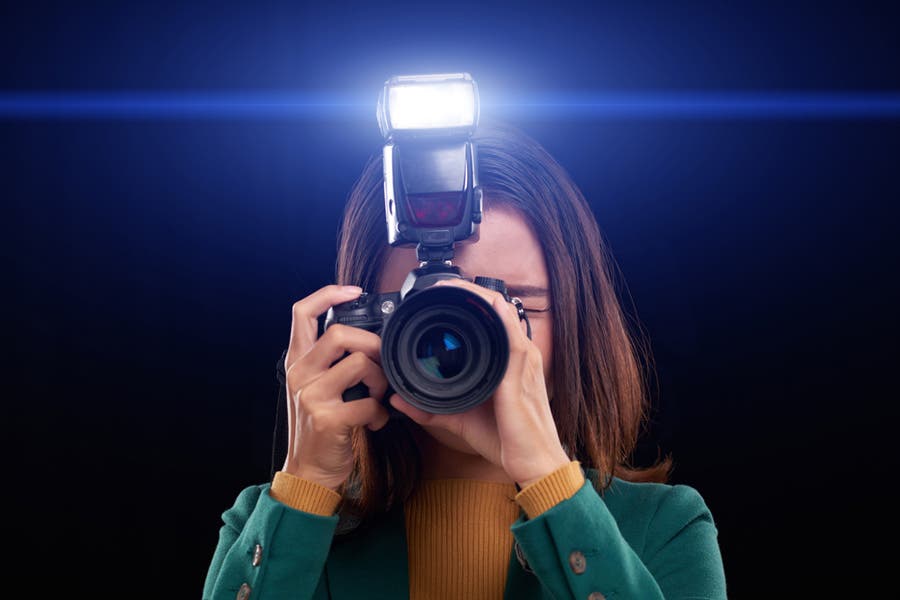
Becoming a skilled lensman involves being able to shoot in virtually whatever kind of shooting scenario with varying lighting atmospheric condition, hence the need for knowledge and experience in flash photography.
Beneath we've listed a few widely-used flash photography techniques that y'all may accept already heard about and tried. You tin can use your camera's born flash for some of these, but for more freedom and creative control, y'all'll need to use an external shoe mountain flash for these tips.
- Bounciness the Light
- Diffuse Your Flash
- Brand Use of Ambient Lite
- Use Colored Flash Gels
- Use TTL Technology
- Enable High-Speed Flash Sync
- Use More Than One Flash
Bounce the Light

I of the first and well-nigh of import things that aspiring photographers demand to learn nigh flash photography is that pointing the flash direct towards your subject area is a no-no. Later on all, nobody wants to see harsh, flat lighting and unsightly shadows in their photos.
The key to creating better lighting is to bounciness the flash against some other surface. This ways firing your flash elsewhere—like a neutral-colored wall, ceiling, or a reflective card on your flash—to create a bigger light source and soften the low-cal that will hit your subject.
Bonus Tip: While bouncing calorie-free, flag your wink with a small piece of black cream or any opaque material to block one side of your perpendicular flash head and go along all directly light from hitting your field of study.
Diffuse Your Wink
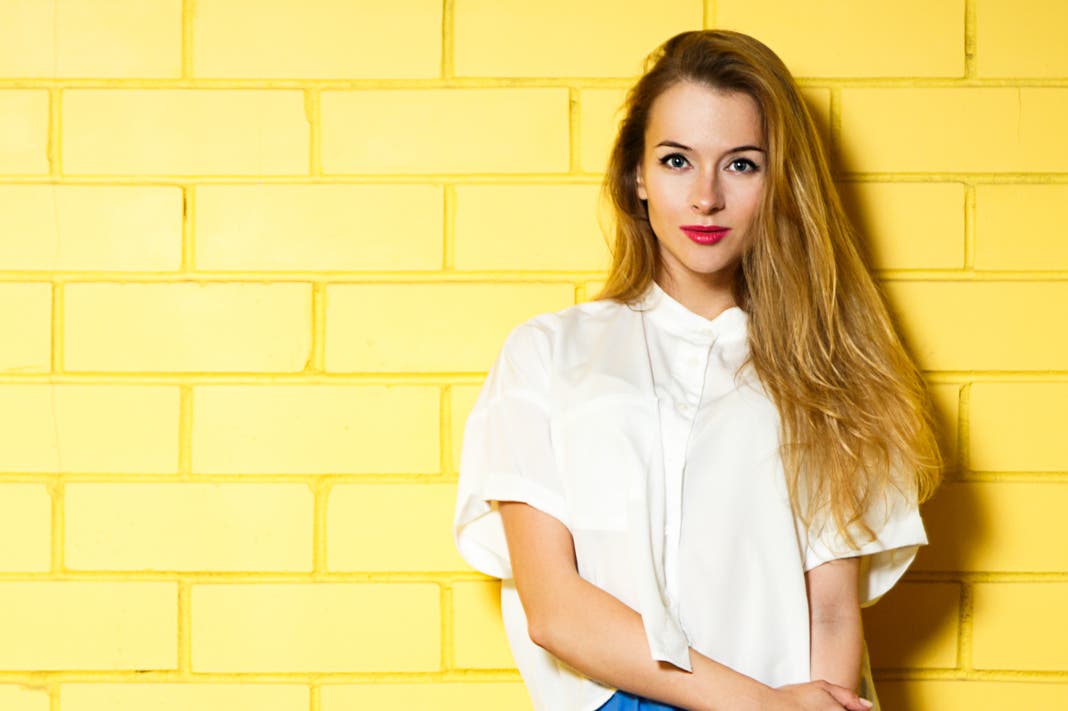
Some other technique for creating more attractive lighting is to diffuse the light that comes from your flash. Like bouncing it, using a diffuser enlarges the size of the flash area to create softer, more even light.
There are pop-up wink diffusers and there are too tupperware-looking diffusers for professional speedlights, both optimized for widening the coverage of your wink even when directing it towards your field of study. But for more of a studio lighting result without the majority, there are also mini softboxes that tin be used with your speedlight.
Make Use of Ambient Lite

It'south easy to just proceed flashing your photographic camera to provide ameliorate lighting for your subject, simply it doesn't always produce the all-time photographic results. Oftentimes, you lot'll make the background disappear almost completely while you're busy exposing your subject.
Assuasive the ambient low-cal and your background to appear will add context to your subject and requite your photo a sense of temper. You can practice this by shooting in Manual Exposure Mode instead of Car and then adjusting your photographic camera settings to first expose the background. This volition expectedly underexpose your subject, but then you can use the appropriate wink power to compensate for the light stop difference between the groundwork and foreground and properly expose your subject.
Bonus Tip: Employ rear curtain sync to create absurd effects when photographing vacation parties and in other low-light situations. This setting tells your flash to go off a little afterward—right before the shutter closes—to capture some blurring and moving ambient lights before the burst of light. See how it works below:
Use Colored Flash Gels

Using flash gels is a nifty way to add interest and colour to your photo. They tin can be attached to your flash to add a colored tint to the low-cal that it emits. Aside from producing creative effects, information technology is also commonly used to match the the color of the flash with the ambience low-cal.
Room lights ordinarily accept a different color temperature compared to flashes. Without matching the light temperatures, your image volition look unnatural and it becomes like shooting fish in a barrel for viewers to tell that a flash was used. This can be easily fixed by setting your photographic camera white rest to auto or tungsten (for tungsten room low-cal) and so calculation an amber filter or Color Temperature Orange (CTO) filter over the flash lens to correct your foreground color.
Bonus Tip: Use colored flash diffusers to diffuse and correct the color temperature of the light coming from the flash with a single accessory.
Utilize TTL Technology
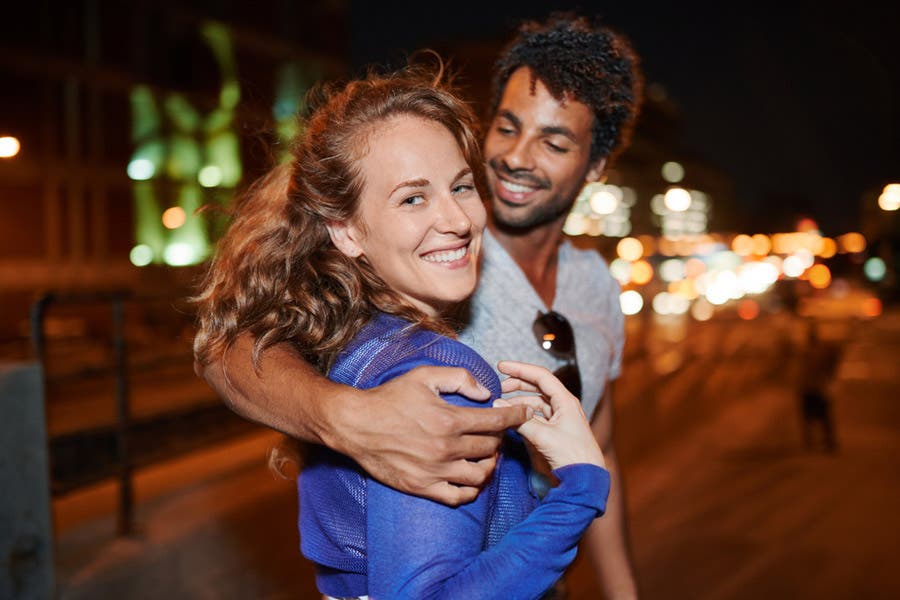
Using the Through-The-Lens (TTL) mode of your flash unit of measurement helps make shooting nether changing ambient lighting conditions a whole lot easier. When enabled (iTTL for Nikon and eTTL for Canon), the flash quickly communicates with the camera, which then checks the electric current lighting condition and the altitude between the wink and field of study to determine the required flash power to light the scene. This makes information technology perfect for virtually any shooting situation and can too exist used in conjunction with bounciness techniques.
Bonus Tip: Attempt dialing the flash compensation down to lessen the flash power and produce slightly more natural results.
Enable High-Speed Flash Sync
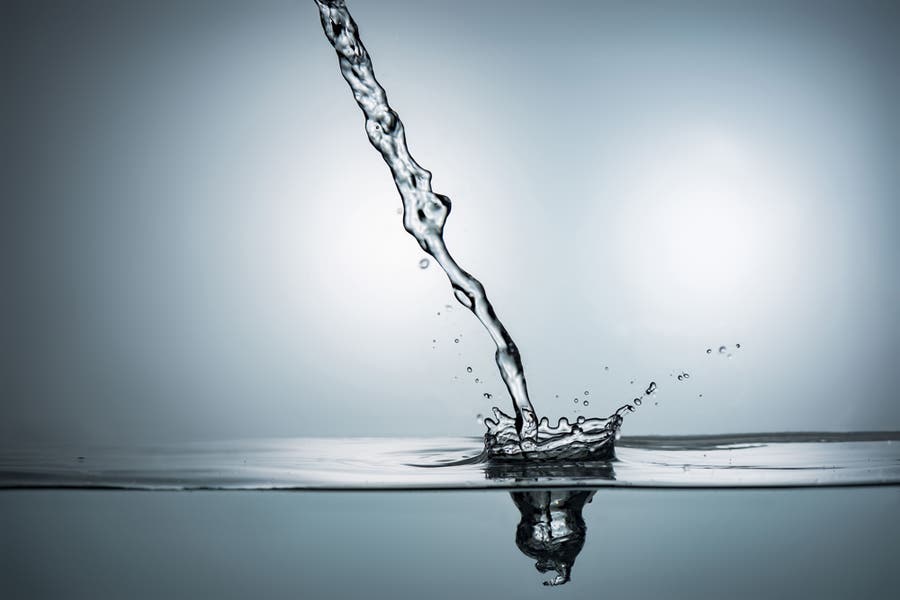
There may be times when yous want to use your wink with a fast shutter speed, either to finish motion or to provide fill up light while shooting in broad daylight. However, there's such a affair equally a maximum flash sync speed, which is the fastest shutter speed y'all tin can use that will however remain in sync with your wink. Going beyond one/125 or ane/250, depending on your photographic camera model, volition go out large sections of blackness in your final image thanks to the shutter blocking the epitome sensor mid-exposure.
Role of the reason why your camera's native sync speed doesn't work well with your flash is that the wink elapsing is shorter than fast shutter speed exposures. And by turning on the Loftier-Speed Flash Sync (in Canon cameras) or Auto FP (in Nikon cameras), the wink fires longer and in the verbal moment that the sensor is fully exposed.
Use More One Flash
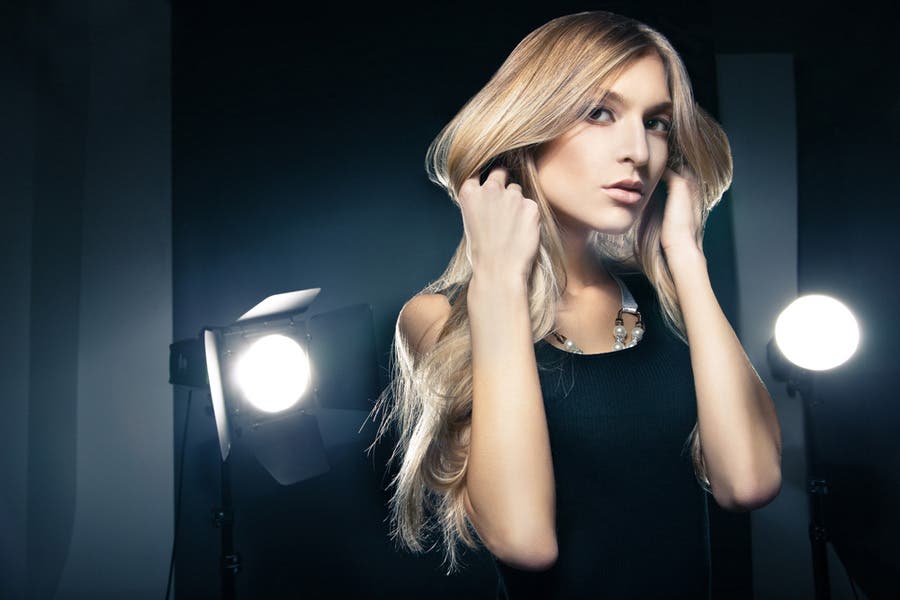
For a more than three-dimensional lite effect, you tin can use more than one flash to illuminate your discipline. This requires pregnant knowledge in operating and syncing multiple wireless flashes with your camera directly or via a wireless transmitter or slave.
The concept of using more than than i wink unit is uncomplicated: you use multiple lights to create shadows, highlights, and sometimes fifty-fifty rim lights on your subject.
To create the traditional studio quality 3-point lighting setup, you'll need a Key light facing your subject and positioned close to either side of the camera, a fill light facing your subject and positioned virtually the other side of the photographic camera, and a backlight backside the subject (ideally facing the Fill up Light) to create subtle highlights and separate the subject from the groundwork. Alternatively, you tin can use either the Fill Light or Backlight with the Key Light for a two-betoken setup.
Source: https://www.adorama.com/alc/flash-photography-tips-how-to-get-better-lighting-with-camera-flashes/
Posted by: sanderlinrame1970.blogspot.com



0 Response to "How Do Camera Flashes Work"
Post a Comment